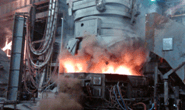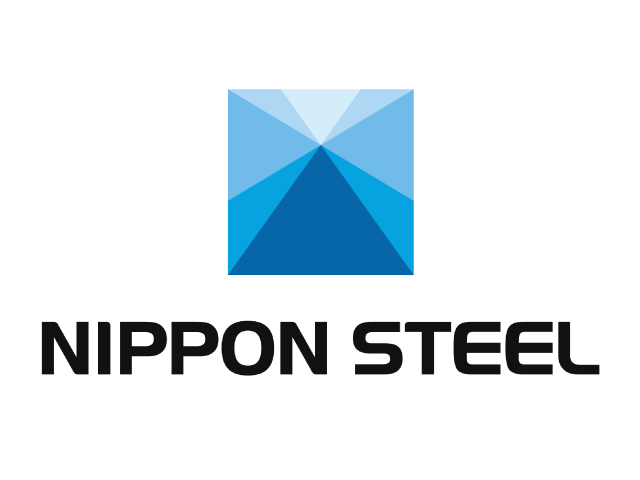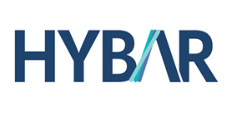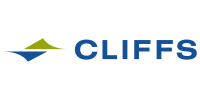Steel Mills

EAF Capacity Not Coming Until 2H; What Does That Mean for Prices?
Written by Michael Cowden
January 11, 2021
Most new U.S. flat-rolled electric-arc furnace steelmaking capacity won’t start up until the second half of this year, which could have big implications for spot hot-rolled coil prices. The back-ended nature of the capacity add means the market might sustain hot-rolled coil prices of $1,000 per ton or more longer than many buyers believe, industry sources tell Steel Market Update.
But others think prices could cycle down even before the new capacity arrives because of slowing demand and increased import competition.
Before SMU delves into that debate, we first look at where things stand with major sheet capacity additions.
Big River Steel started a new, second EAF and caster at its mill in Osceola, Ark., last year and is now running it at 90% of its rated capacity. But other projects–notably those under way at Steel Dynamics Inc. (SDI), Nucor and North Star BlueScope–won’t come online until later in 2021.
SDI
SDI remains on track to start the hot end of its new, $1.9-billion flat-rolled steel mill in Sinton, Texas, this summer, a top company executive said. “At this point, we are still on schedule for the hot side to start up mid-summer 2021 with the possibility of the coating lines starting slightly ahead of that timeline,” SDI CFO Theresa E. Wagler said in an email to SMU.
The company’s new mill in Texas will feature an EAF with annual capacity of 3 million tons, as well as two coating lines, according to the company’s website.
The Sinton mill is expected to serve the U.S. Southwest, the West Coast and Mexico. SDI also expects it to take market share from imports.
Nucor
Also slated to start up in the second half of 2021 is Nucor’s $650 million expansion at its steel mill in Ghent, Ky., said a company spokeswoman.
The mill, also known as Nucor Steel Gallatin, is expected to roughly double hot-rolled coil capacity from 1.6 million tons to 3.0 million tons per year.
The spokeswoman did not specify whether the start-up date would be in the third or fourth quarter of this year.
Additionally, Nucor is expanding on the plate side via a new, $1.7 billion mill being built in Brandenburg, Ky. The mill, anticipated to have a capacity of 1.2 million tons per year, is slated to be operational in late 2022, the spokeswoman said.
North Star BlueScope
North Star BlueScope continues to press ahead with the expansion at its sheet mill in Delta, Ohio.
That project, to add a third EAF and a second caster, is expected to send nearly 1 million more short tons (850,000 metric tons or 936,965 short tons) into the U.S. HRC market.
Some of that new volume could begin to come online at the end of this year given a planned November startup, but with spot tons not available until Q1 2022, according to industry sources. The facility could bring approximately 500,000 additional tons per year to the market in its first year of operation and an additional 250,000 tons per year over each of the subsequent two years.
BlueScope did not respond to a request for comment for this article.
The Bottom Line
Big River Steel is in the process of adding 1.65 million tons per year to double the capacity at its EAF flat-rolled mill in Osceola, Ark., to 3.3 million tons per year. And SDI, Nucor and North Star BlueScope are on track to add another 5.54 million tons. All told, that is roughly 7.19 million tons of additional HRC capacity coming into the market in 2021–a big figure.
To put that in context, the U.S. has rolling capacity of approximately 77.7 million tons of steel, according to CRU Principal Analyst Josh Spoores.
And many market participants are concerned that the large increase in capacity could send steel prices sharply lower, especially if demand were to falter. But others think those additional tons are unlikely to make a big difference in the short-term or to provide relief to steel buyers grappling with limited availability from domestic mills and HRC prices that are now higher than their peak in 2008.
Steel Analysts React
“While we acknowledge concerns about a wave of U.S. steel capacity additions, we don’t believe these additions are set to destroy the market as some industry observers propose,” said Gordon L. Johnson II, founder and chief executive officer of GLJ Research LLC, in an email to SMU.
Why? At home, new EAF capacity has been offset by the shutting or idling of integrated capacity. Case in point: U.S. Steel shut the hot end of its Great Lakes Works near Detroit and has to date kept one of two furnaces idled at its Granite City Works in southern Illinois. Cleveland-Cliffs, meanwhile, has to date not restarted a second blast furnace at it steelmaking complex in Cleveland, Johnson wrote.
And abroad, there is little slack in the system because Chinese mills are busy serving their home market and “starving the import market” in the process.
The result: With steel inventories low, any restocking is likely to push U.S. steel prices higher. “We would embrace prices above $50/cwt ($1,000 per ton) for the time being, as we feel the mills have the upper hand through at least March. And, when they have the upper hand, they are among the best poker players in the world,” Johnson said.
Not Everyone Shares that View
“We expect prices to peak in 2021 Q1 near, if not higher, than the nominal price peak in 2008,” CRU’s Spoores wrote in a recent research note. “As the availability of supply rises at a faster pace than demand, sheet prices will fall back in line with the declines seen in other price cycles.”
True, demand has risen more quickly than forecast following the outbreak of the Covid-19 pandemic, something that, taken together with unplanned production disruptions, has led to long lead times and historically high prices. But steel consumption will not return to 2019 levels until 2023, a trend that will eventually result in steel production growth outpacing demand, Spoores wrote.
And prices could fall even before that new EAF capacity comes online toward the middle of 2021, according to UBS analyst Andreas Bokkenheuser.
“Firstly, steel demand growth should start to decelerate as pent-up demand for autos and goods fizzles out. Coupled with leading construction indicators (hereunder the ABI and non-residential construction starts) pointing towards demand pressure, prices should react to this by second quarter,” Bokkenheuser wrote in an email to SMU.
“Secondly, import arrivals should start picking up from the second quarter, competing directly with domestic supply,” he wrote, noting that futures curves are already in backwardation.
Backwardation, a term from futures jargon, happens when the spot price is higher than contracts expiring in future months.
The CME’s Midwest hot-rolled coil contract for February, which is settled against CRU pricing, was trading at $1,121 per ton on Tuesday afternoon, up $56 per ton from $1,065 per ton for the January contract. But the contract for December was at $766 per ton – or $355 per ton below February’s implied high for the year.
SMU Note: Michael Cowden and John Packard of Steel Market Update will discuss the flat rolled and plate steel markets during our Wednesday, Jan. 13 SMU Community Chat Webinar, which will be held at 11 a.m. ET. The webinar is free for anyone who has an interest in the flat rolled and plate steel markets. You can register for this webinar by clicking here or going to www.SteelMarketUpdate.com/blog/smu-community-chat-webinars
Michael Cowden, michael@steelmarketupdate.com
Editor’s note: An earlier version of this article stated that U.S. mills rolled 77.7 million tons of flat-rolled steel in 2020. That is not correct. U.S. mills have rolling capacity of 77.7 million tons.

Michael Cowden
Read more from Michael CowdenLatest in Steel Mills

Nippon could up investment in USS facilities to $7B: Report
It's the latest twist as the proxy battle heats up for Pittsburgh-based U.S. Steel.

Hybar expansion still on the table as Arkansas mill startup nears
As Hybar nears the completion of its $700-million rebar mill in Arkansas, the company said it is still “actively considering” building other steel facilities in the southern US.

Global steel production edges lower in February
February’s global raw steel output is tied with last December's for the fourth-lowest monthly production rate recorded over the past two years.

Fate of U.S. Steel hangs in the balance
The future of U.S. Steel remains unclear, but the proxy fight for control of the company is heating up. Shareholders will cast their votes on the company's future at the annual meeting in May.

Cliffs to idle Dearborn blast furnace, restart Cleveland furnace by July
Cleveland-Cliffs has decided to idle the steelmaking operations at its Dearborn Works in Michigan due to weak automotive demand.
